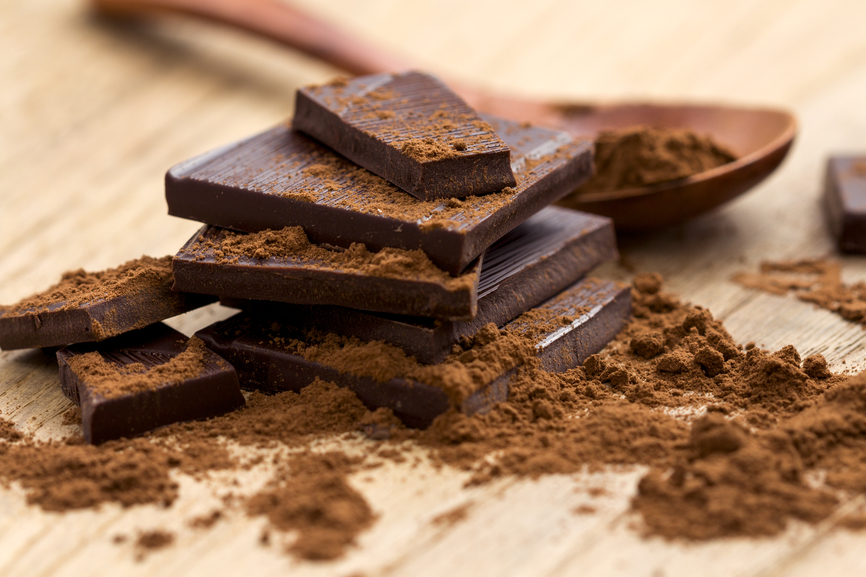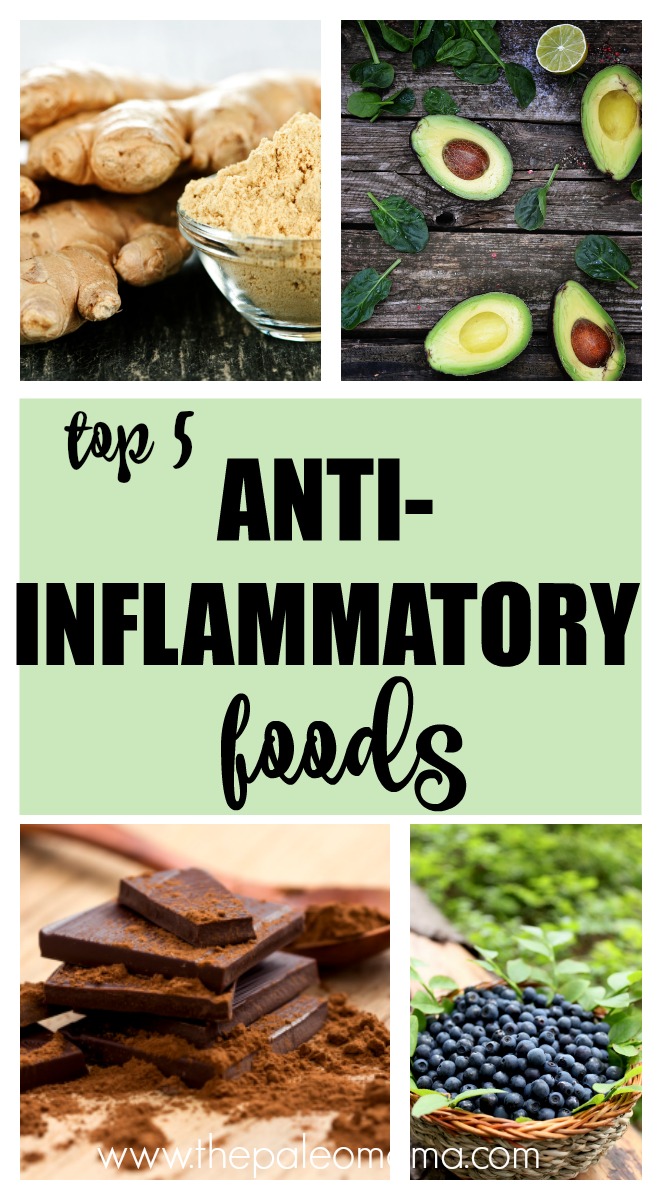I want to get down to the very basics of our health and talk about the importance of healthy fats and your mitochondria. From our very first introduction to science in elementary school, we learn that the cell is the basic building block of all living things. Our bodies contain trillions of cells, which provide our structure, thrive (or not) on the nutrients we give them, turn those nutrients into the energy that enables us to live and move, and perform specialized functions. Within our cells is the hereditary material that makes you you.
Obviously, it’s really important that we take care of our cells. Let’s look at one of the specialized structures within the cell, the mitochondria—the powerhouses or factories of the cell. They act like a digestive system that takes in nutrients, breaks them down, and creates energy rich molecules for the cell. So important, but things that most of us know very little about.
How healthy your mitochondria is determines how healthy your organs and muscles are—indeed, how healthy you are! Most of us start life with very healthy mitochondria. But that health gets compromised by stress, sedentary lifestyles, free-radical damage, and exposure to infections, allergens and toxin. In this article, let’s talk about one of the chief reasons our mitochondria deteriorate—poor-quality foods and a deficit of healthy ones. More specifically—poor quality fats and a lack of enough healthy fats. We are the ones who determine what kind of fuel we are going to put in our mitochondrial tank, just as we determine if will put gasoline, diesel or something else in our car engines to get the best response.
What Fuel Works Best?
Our bodies use only two kinds of fuel—fats or sugars (glycogen). One groundbreaking expert in nutritional and metabolic medicine, Dr. Ron Rosedale, describes it this way:
Health and life span are determined by the proportion of fat versus sugar people burn throughout their lifetime and so the more fat that one burns as fuel, the healthier a person will be, and the more likely he or she will live a long time; and the more sugar a person burns, the more disease ridden and the shorter a life span a person is likely to have.
The fuel that is burned in your mitochondria (fat or sugar) for energy determines how healthy you will be. We need both kinds of fuel. Burning fat produces more energy and releases fewer free radicals than sugar. However, sugar burns very fast, so is useful during times of emergency. It is extremely critical to our health to learn how to balance the fats and sugars we supply to our mitochondria so they can continue to be the efficient factories that give us energy and health.
What the Wrong Fuel Does
Today’s Standard American Diet (SAD) has produced sad evidence that it has failed miserably at improving health and increasing longevity. Two-thirds of Americans are overweight or obese, 1 in 5 deaths is obesity-related, half have pre-diabetes, diabetes or other chronic illness, and 1 in 3 women and half of all men will develop some form of cancer. The reason? As Dr. Mecola states: “Most people simply eat far too many processed foods, net carbs and too few healthy fats, and too many unhealthy fats, which results in gaining and retaining extra body fat and becoming increasingly insulin resistant.” Let’s take a look at why the SAD diet is failing so miserably.
- Nearly 1,000 calories per day are added fats (unhealthy ones) and sweeteners.
- Although the mineral density of wheat has greatly deteriorated, we are consuming 45 percent more grain than twenty years ago.
- We’ve decreased fruit and vegetable intake
- Consumption of sugar has skyrocketed, most in the form of unhealthy additives.
- There’s been an increase in added hydrogenated oils and a decrease in saturated fat.
- Processed foods make up 63 percent of our calories.
- Unhealthy genetically modified foods are everywhere—in raw foods, oils, processed foods and more.
What the Right Fuel Does
Supplying your body with a balance of more healthy fats for consistent energy and good health and limiting the carbs and sugars to just what your body needs in times of emergencies and high-energy activities will keep your mitochondria healthy.
- Healthy fat helps control hunger
- Healthy fat promotes a healthy metabolism
- Healthy fat transports the right vitamin and minerals throughout your body.
- Healthy fat insulates and protects your vital organs.
How to Fuel Our Body with Healthy Fats
Dietary fats are essential to healthy mitochondria, and therefore, to healthy people. They give our mitochondria the fuel it needs to supply energy and support cell growth. They allow our mitochondria to protect our organs and keep our bodies warm.
There are four major dietary fats:
- Saturated fats
- Trans fats
- Monounsaturated fats
- Polyunsaturated fats
The healthiest food sources for good fats are those that are minimally processed. Here are four simple tips for making sure you are supplying your mitochondria with the healthiest fuel.
- Use healthier kitchen oils—get rid of regular vegetable oils like corn oil, safflower oil, sunflower oil, peanut oil, or plain vegetable oil. Instead use extra virgin olive oil, and organic avocado oil and virgin coconut oil.
- Include small amounts of healthy high-fat foods—add nuts, avocado or olives in small amounts. Use nut butters, and full-fat yogurt or kefir (if you can tolerate dairy), dark chocolate, and pasture-raised organic beef, salmon, wild-caught tuna, and whole, pastured eggs.
- Include a good source of Omega-3 fat every day—add foods like fish, flax seed or oil, hemp seeds, chia seeds, and walnuts. Consider Omega-3 supplements like this one if you do not eat fish.
- Reduce less healthy fats—ditch the chips or crackers. Avoid fried foods from fast food joints.
Make a Choice for a Healthy Eating Plan
There are dozens of healthy dietary plans to choose from, including vegetarian, low-carb, blood type, raw, Paleo, Ketogenic, and others. One thing that I find absolutely necessary for my sanity is meal planning. The important thing is to make a choice now to eat the real-food way. I can help you with some specific guidelines in my book, Everyday Natural. Learning to follow a healthy eating plan will ensure that you are supplying your body with the healthy fats it needs.
Be sure the eating plan you follow provides a healthy supply of the nutrients your body needs to be in optimal condition. These nutrients will include:
- Alpha lipoic acid, which preserves mitochondrial function, and reduces cellular stress. You can find this in organic meats and vegetables like spinach and broccoli.
- Coenzyme Q10, which is integral to the top function of your mitochondria. Get your supply from organic meats.
- Acetyl-L-carnitine, which keeps the motors of your mitochondria running smoothly. It increases the fat-burning capacity. It can be found in organic meats and poultry. The redder the meat, the more carnitine.
- Vitamin-D, a fat-soluble vitamin. It enhances energy production in the mitochondria of your muscles after exercise. It is difficult to get enough from diet alone, but it is formed when you are exposed to sunlight. You may need to supplement during the winter months.
- Add seaweeds to your diet.
- Increase your protein consumption with organic organ meats about once a week.
If you make a consistent effort to feed your mitochondria properly, you will be on the road to better health. The healthier your mitochondria are, the more efficient your cells are in processing nutrients.
Sources
- https://ghr.nlm.nih.gov/primer/basics/cell.
- https://experiencelife.com/article/the-care-and-feeding-of-your-mitochondria/.
- http://health-inspiration.com/html/mitochondrial_fuel.html.
- https://healthyforgood.heart.org/eat-smart/articles/dietary-fats.
- http://www.return2health.net/articles/feeding-your-mitochondria/.
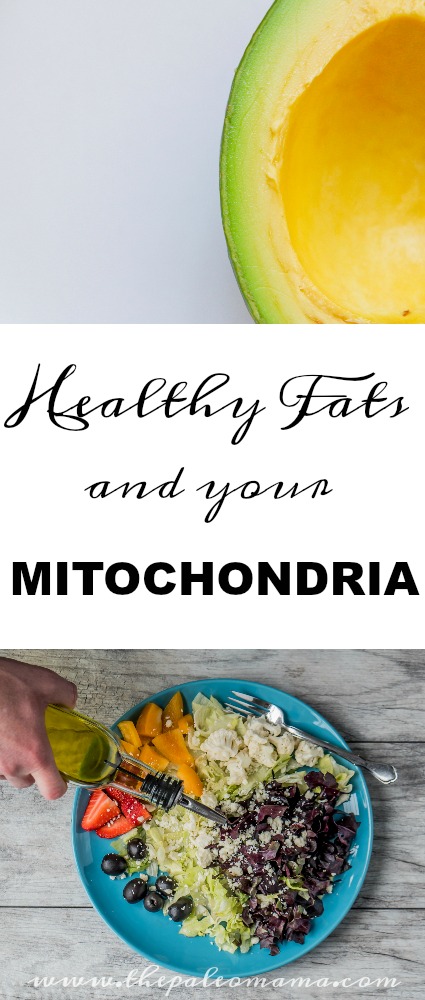

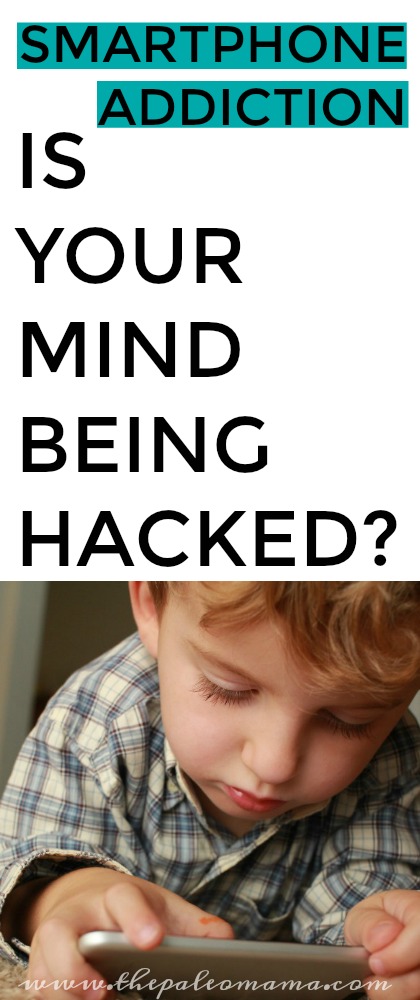
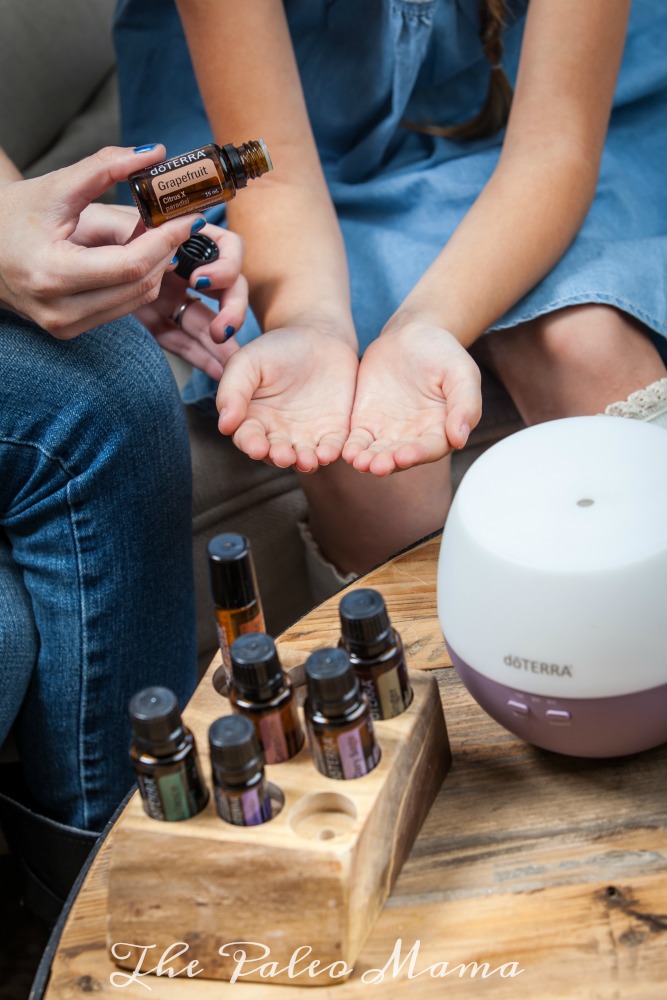
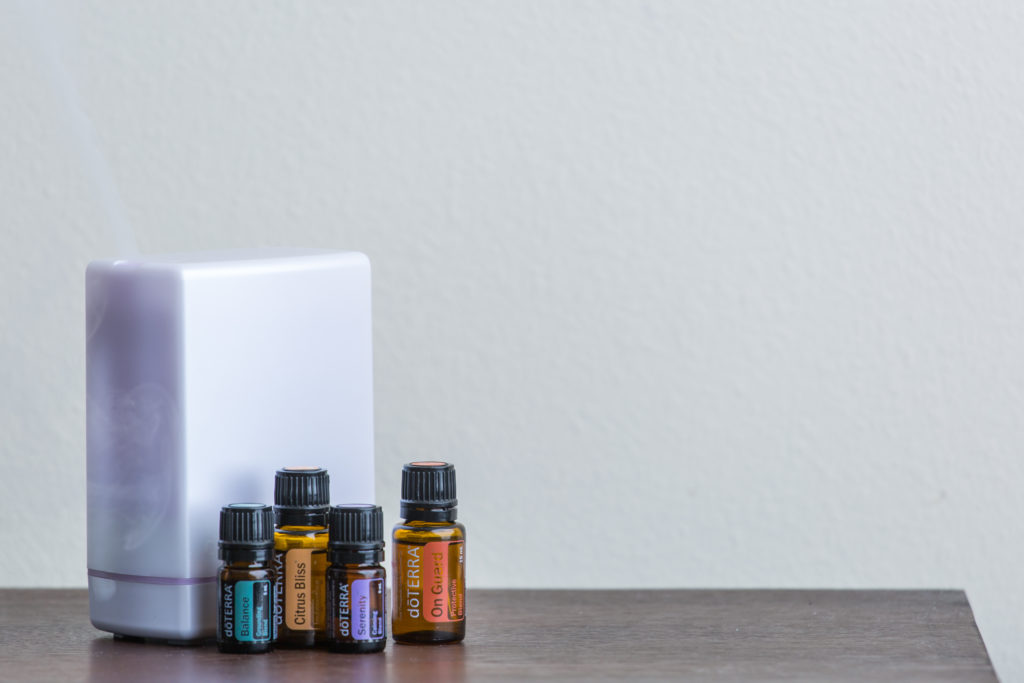
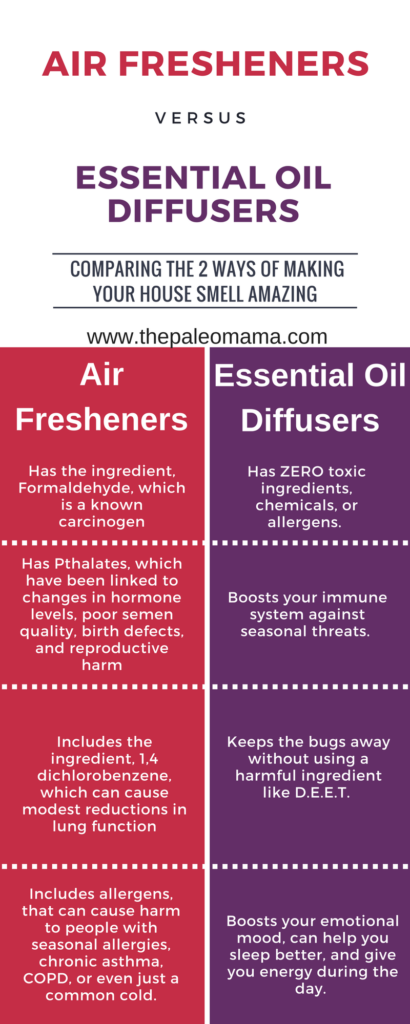
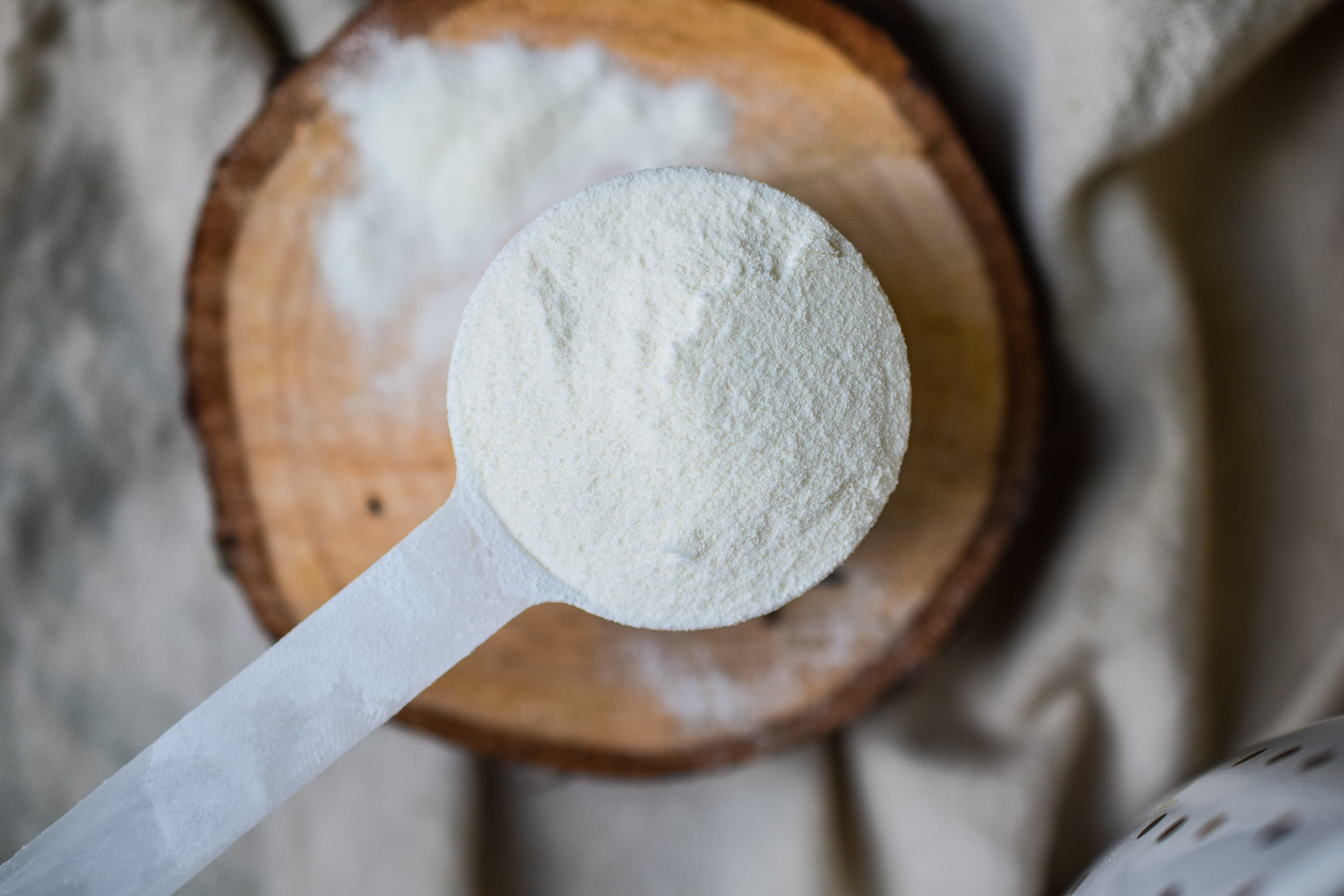
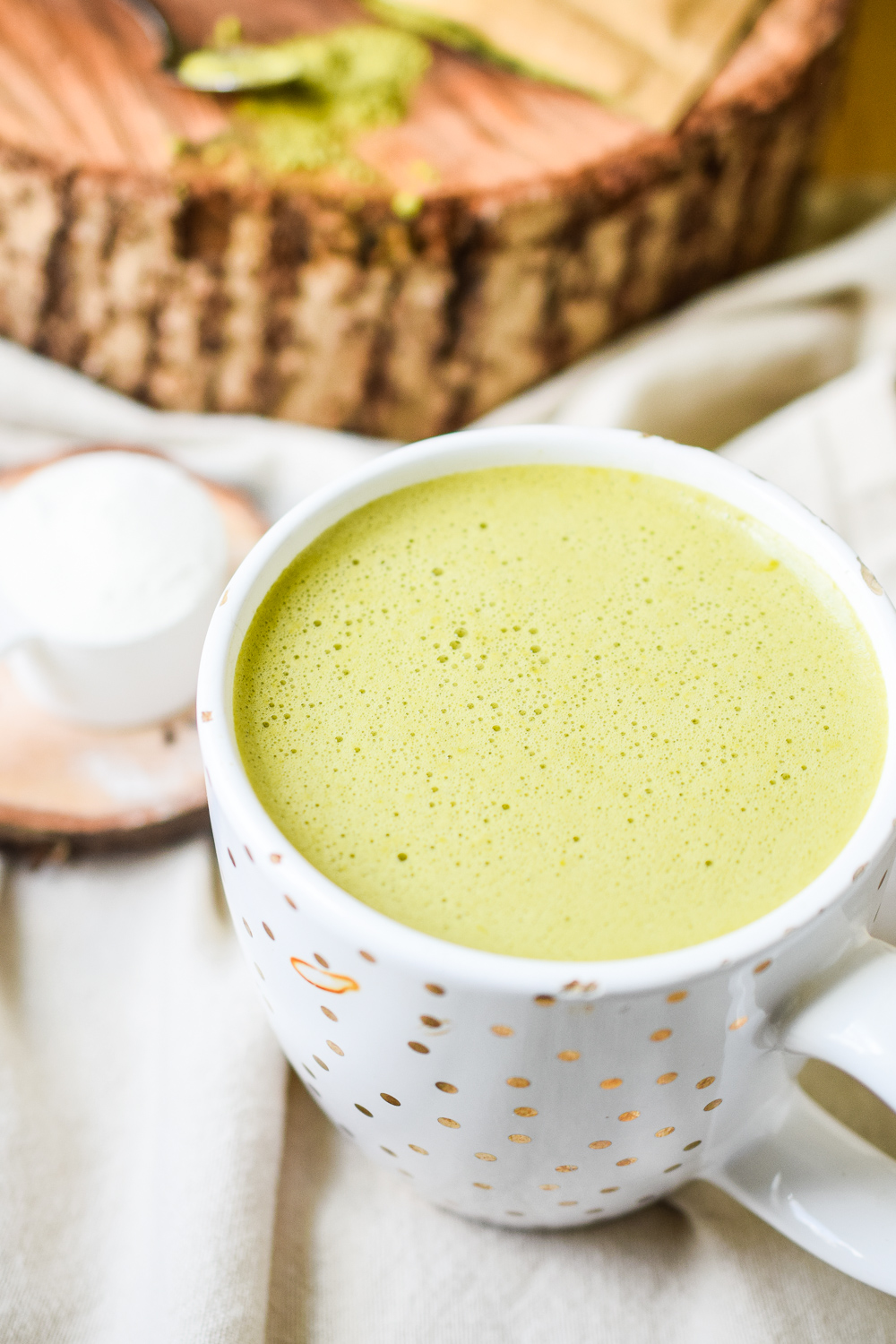
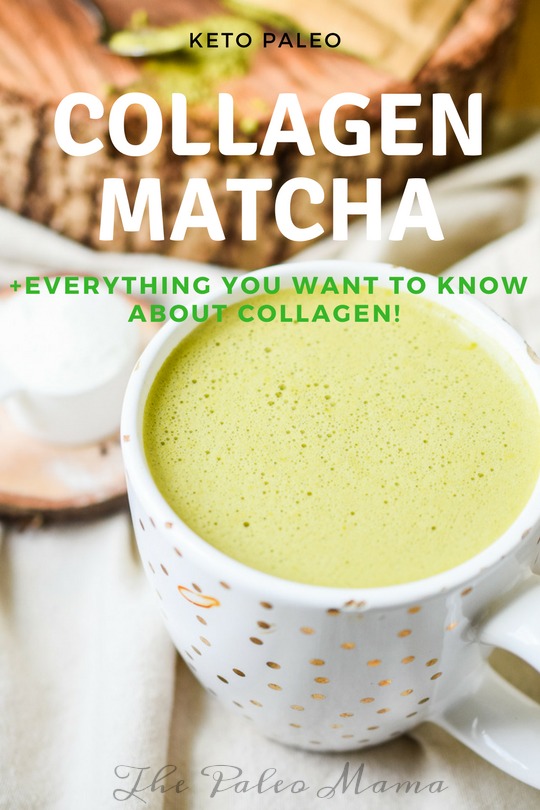

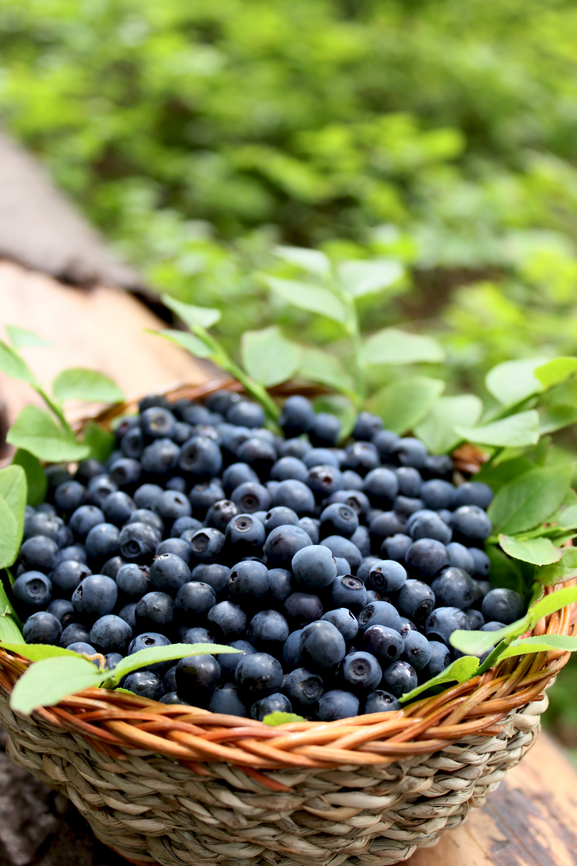 1. Berries
1. Berries